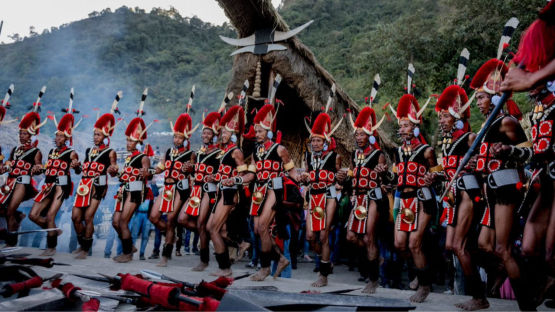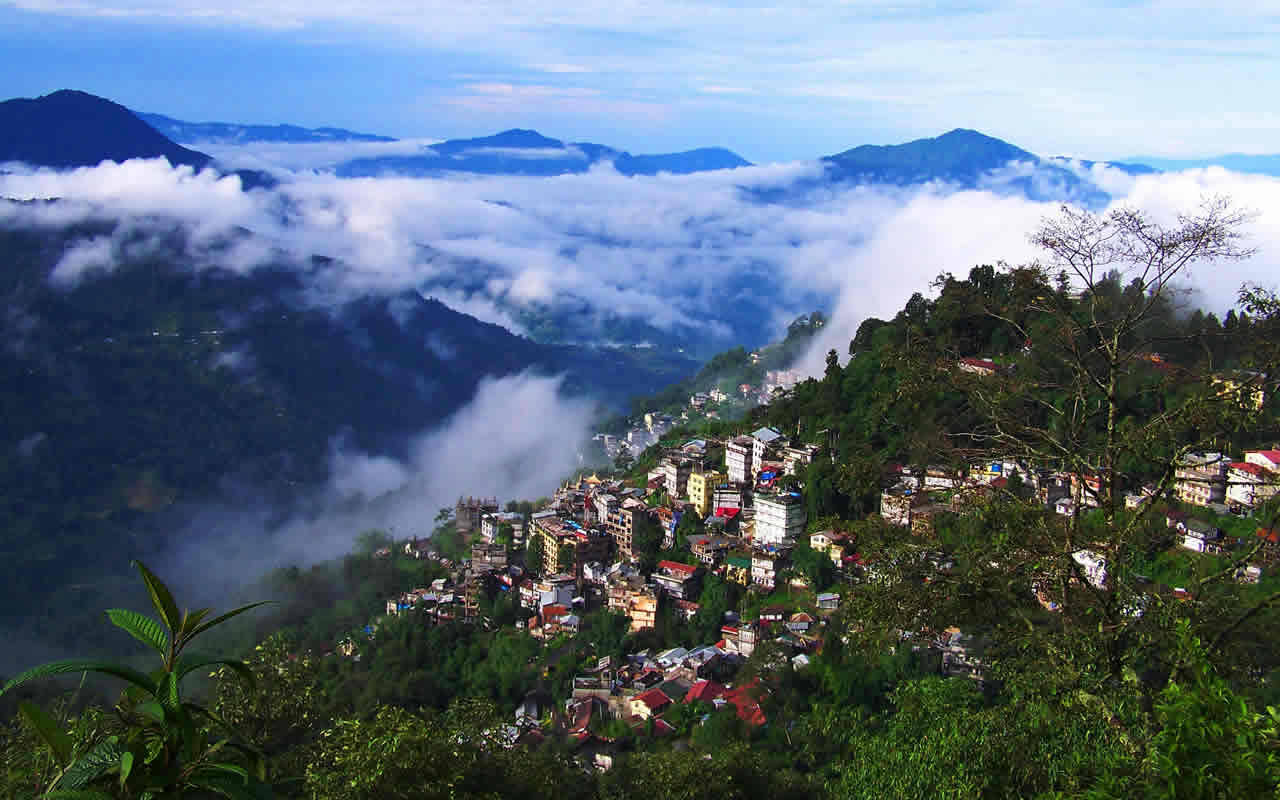Introduction:
Mizo Loiloom is a traditional form of handloom weaving practiced in Mizoram. The intricate patterns and vibrant colors of Mizo Loiloom make it an essential part of the state’s textile heritage. Woven primarily by women, this craft reflects the rich cultural history of the Mizo people, with designs inspired by nature and local folklore. Mizo Loiloom products include shawls, wraps, and traditional garments.
Description:
Mizo Loiloom is one of the most celebrated textile crafts of Mizoram, recognized for its unique weaving techniques and vibrant designs. Handloom weaving is primarily practiced by women in rural areas, and the craft plays an important role in the local economy and cultural identity of the Mizo people. The term "Loiloom" refers to the specific type of weaving technique used to create these intricate fabrics.
The process of creating Mizo Loiloom involves the use of backstrap looms, where weavers sit on the ground with one end of the loom tied to their body and the other end fastened to a stationary object. This setup allows the weaver to control the tension of the threads and create intricate patterns. The designs are often geometric or floral, with bold colors such as red, black, and white, which hold cultural significance for the Mizo people.
Mizo Loiloom textiles are used to make various traditional garments, including the "Puan," a type of wrap skirt worn by Mizo women, and shawls worn during festivals and ceremonies. The patterns and colors of the fabric often reflect the wearer’s status and the occasion for which it is worn. For example, specific designs are reserved for weddings, funerals, or religious rituals.
The craft of Mizo Loiloom is more than just a means of livelihood for the artisans; it is a way of preserving the cultural heritage of Mizoram. In recent years, there has been a growing demand for these textiles in fashion markets outside the state, with designers incorporating traditional Mizo patterns into modern clothing styles. This fusion of tradition and modernity has helped to keep the art of Mizo Loiloom alive and thriving in the contemporary textile industry.












